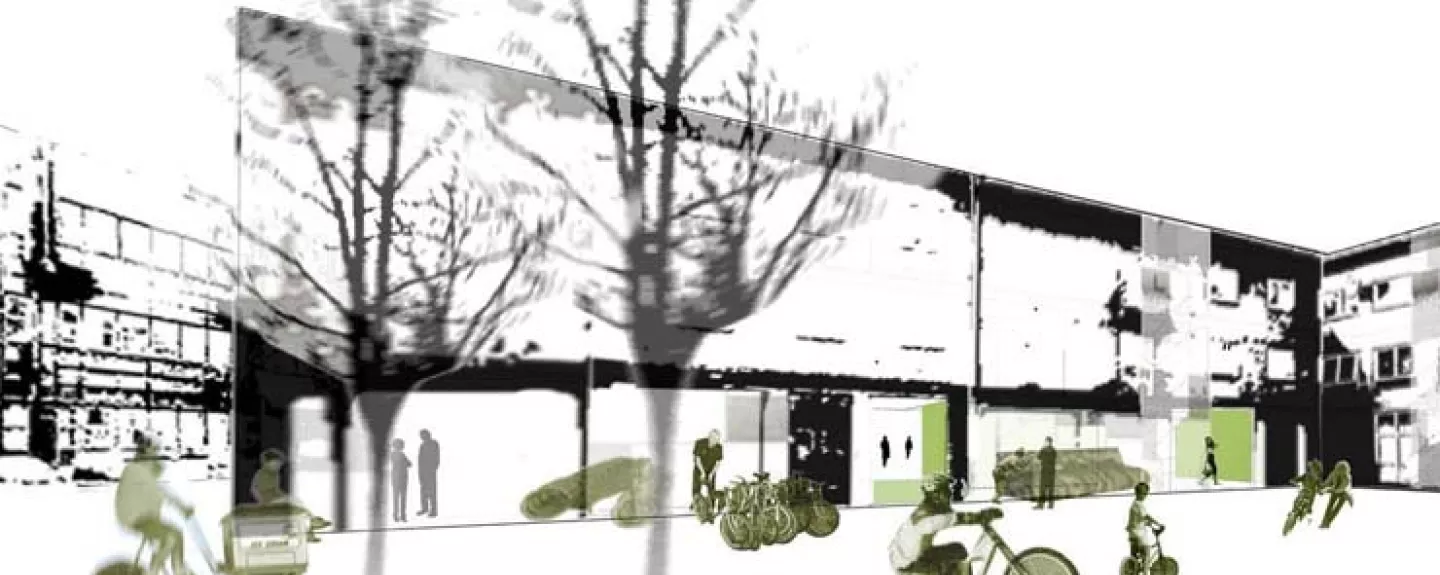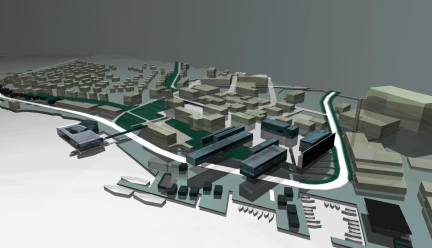Project:
Elastic System

About
-
The aim of this project is to make Kirkenes capable of adapting to different scenarios, reformulating its urban life according to unforeseen situations. The new and the reversible are the only reliable premise in city developing processes in order to ensure that uncertainty no longer presents a threat. The whole city was taken into consideration, functioning as a performing platform, upon which an overall strategy has been developed to combine varied interventions. Programmes, scapes and structures become the subject of the motion boards. A frame of possibilities is presented. The waterfront works as a catalyst between nature and city, supporting the possible variety of programmes and structures.
-
As stated in the competition brief, the city asks for strategies to be prepared for a possible prosperous future without knowing exactly when it will come or what kind of urban programmes are needed. The urbanization prosesses in Kirkenes are going fast and changes are just around the corner. The uncertain future of Kirkenes was a key issue. The jury has selected the two projects that provide the best answers to the complex urban challenges of the competition.
A main reason for selecting these two projects was their interesting exploration of the urban structure both for the site and the city. The two projects were judged to be of equal quality. They compliment each other with their differing analysis and solutions. The jury suggests that the city engages both teams in the solving the urban challenges of the competition area.
"Elastic System" strengthens the city as a system of urban uses by working synthetically with scales, players, and spaces.
The project presents different layers with qualitative analyses that altogether offer rich picture of the existing and possible future urban elements. Each analysis is structured as a complex diagram that investigates different thematic issues such as the
importance of the different players (related to education and research, environmental issues, public services, oil and gas, commercial...) in the urban development process. Real and potential parties are listed and overlapping interests on local, regional, and global levels are mapped.
Together with the analysis of urban programmes, structures and "scapes", the project discusses introvert/extrovert and long-term/short-term aspects that the urban structure should accommodate.In sum, the project envisages a very interesting system for reading the city as an elastic system that is subject to constant growth and shrinking, as a result of its exposure to different forces. The abstract discussion is valuable and the project makes a big effort to establish an analytic reading of the existing and future urbanity. These readings can be developed further as a method for reflection, discussion, and decisions for the future city.
-
Ida WINGE ANDERSEN (NO)
architect
Inês ALMEIDA (PT)
architecture student

